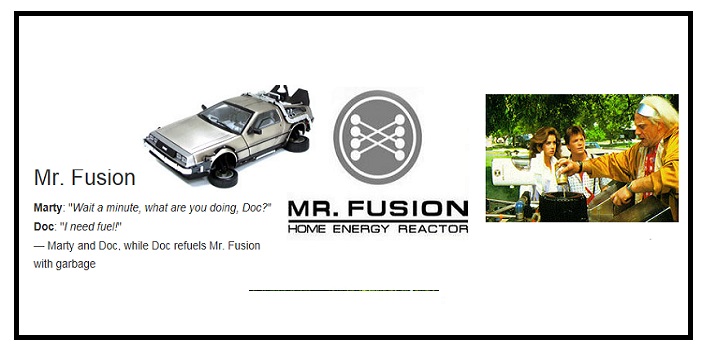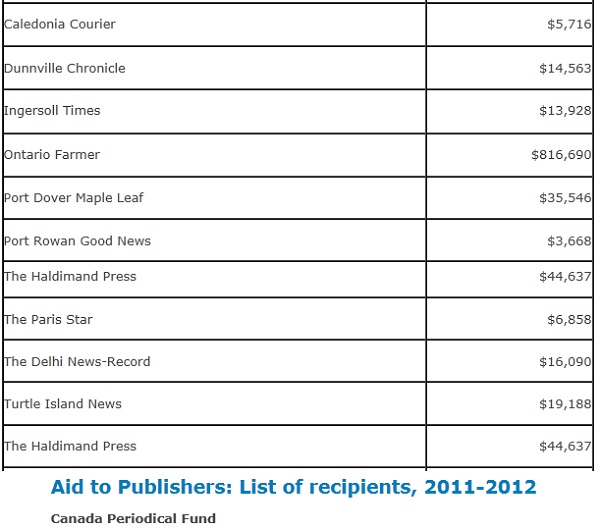In late Spring 2016, Ontario passed legislation to divert more waste from landfills, create jobs, help fight climate change and lead towards a waste-free province. Currently, Ontario is producing too much waste, and not recycling enough. Over eight million tonnes of waste is sent to landfill each year. Absolute greenhouse gas emissions from Ontario’s waste have risen by 25 per cent between 1990 and 2012 as the amount of waste disposed in landfills has increased.
The Waste-Free Ontario Act will: encourage innovation in recycling processes and require producers to take full responsibility for their products and packaging, lower recycling costs and give consumers access to more convenient recycling options to help fight climate change by:
-reducing greenhouse gas pollution that results from the landfilling of products that could otherwise be recycled or composted
-overhaul Waste Diversion Ontario into the Resource Productivity and Recovery Authority, a strong oversight body with new compliance and enforcement powers that will oversee the new approach and existing waste diversion programs until transition is complete.

The province will also be finalizing its draft Strategy for a Waste-Free Ontario: Building the Circular Economy, within three months of the legislation coming into effect. The strategy outlines Ontario’s vision for a zero waste future and proposed plan to implement the legislation.
Harnessing the value of waste as a resource is part of the government’s economic plan to build Ontario up and deliver on its number-one priority to grow the economy and create jobs. The four-part plan includes investing in talent and skills, including helping more people get and create the jobs of the future by expanding access to high-quality college and university education. The plan is making the largest investment in public infrastructure in Ontario’s history and investing in a low-carbon economy driven by innovative, high-growth, export-oriented businesses. The plan is also helping working Ontarians achieve a more secure retirement.
QUOTES
“Ontario is moving in an exciting new direction for managing waste in the province. The Waste-Free Ontario Act is an important step in creating Ontario’s circular economy — a system in which products are never discarded, but reintroduced and reused or recycled into new products. Managing our resources more effectively will benefit Ontarians, our environment and economy and support our efforts to fight climate change.”
— Glen Murray, Minister of the Environment and Climate Change
QUICK FACTS
Every 1,000 tonnes of waste diverted from landfill generates seven full-time jobs, $360,000 in wages (paying above the provincial average) and $711,000 in GDP.
Every year in Canada, an estimated $1 billion in valuable resources is lost to landfill.
Eventually the Waste-Free Ontario Act will eliminate industry funding organizations such as the Ontario Tire Stewardship and Ontario Electronic Stewardship.
The Blue Box program is available in about 95 per cent of Ontario households and keeps approximately 65 per cent of residential printed paper and packaging from landfills.
LEARN MORE
Read about the draft Strategy for a Waste-Free Ontario: Building the Circular Economy
Learn more about Ontario’s current waste programs
BACKGROUNDER via Ministry of the Environment and Climate Change
The Waste-Free Ontario Act and Strategy
Ontario has passed the Waste-Free Ontario Act and will be finalizing the draft Strategy for a Waste-Free Ontario: Building the Circular Economy, within three months of the legislation coming into effect.
Together, the proposed legislation and strategy would:
-Foster innovation in product and packaging design that encourages businesses to design long-lasting, reusable and easily recyclable products
-Boost recycling across all sectors, especially in the industrial, commercial and institutional sectors, which will reduce waste and lower greenhouse gas emissions
-Incent companies to look for ways to make their recycling processes more economical while staying competitive
-Shift the costs of the blue box from municipal taxpayers to producers while continuing to provide convenient collection services for Ontarians.
-Develop an action plan to reduce the amount of organic materials going to landfills.
The draft Strategy embraces a vision of “an Ontario where we have zero waste and zero greenhouse gas emissions from the waste sector and where all resources, organic or non-organic, are used and reused productively, maximizing their recovery and reintegrating recovered materials back into the economy.”
Ontario’s vision would be fulfilled with the draft Strategy’s two goals: a zero waste Ontario and zero greenhouse gas emissions from the waste sector. To achieve these goals Ontario would work towards systematically avoiding and eliminating the volume of waste, while maximizing the conservation and recovery of resources. This would also help the province meet its climate change commitments and help Ontario build a low-carbon economy.
Disponible en Français



